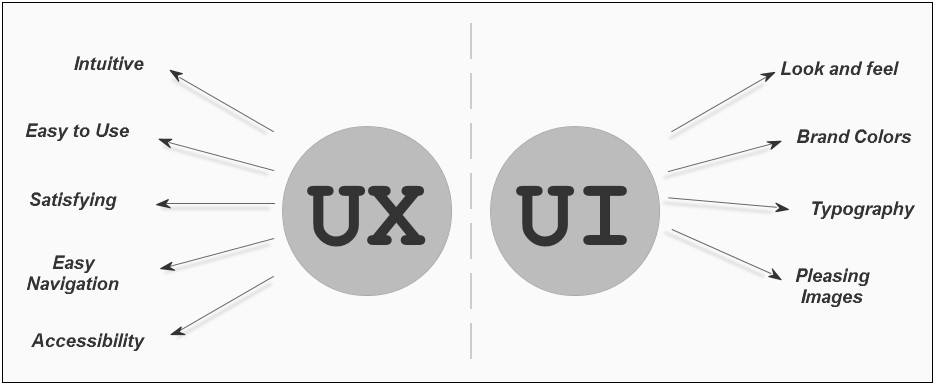“What does a UX designer do?”
Many UX designers have faced this question at least once in their career. People often talk about the “poor UX” or “great user experience” of a website or an application. But not many are aware that those experiences are the work of dedicated professionals called UX designers.
Let's dig a little deeper...
What Is UX Design?
User experience (UX) design is a user-centric design practice that is guided by user experience factors such as utility, usability, accessibility, desirability, and so on. UX designers understand real users and create applications that are easy to use, intuitive, and satisfying to those users. In other words, they design the complete product experience.
There is a misconception that UX design is same as UI design. Though both UX and UI designers often work together as a team, they perform totally different roles. UI design or graphic design is concerned with the aesthetics or the look and feel of a user interface. It guides the user through a product’s interface using colors, images, and fonts. UI designers are skilled at making something look good and attractive.

UX vs UI
How Do UX Designers Work?
An important element of the UX design process is the wireframe. A wireframe is to a UX designer what a floor plan is to an architect; it is the skeleton or blueprint of a website or an application. It illustrates the layout and the position of the content, buttons, and other interactive elements on the page. It also visualizes navigation—the path users would take to move toward the end goal without being distracted by colors, fonts, and images. There are several tools to create wireframes, such as Axure, Justinmind, Balsamiq, Proto.io, InVision, and YewDraw.
UX designers at QBurst create interactive wireframes so clients can easily review the page structure and workflow and provide feedback. You can have any number of iterations using a wireframe until you and the client are confident that you have what the user wants. Wireframing really saves time and effort as it is convenient to make adjustments to the layout in the wireframe than make changes in the actual design.
So is UX merely the result of wireframing? Of course not! UX is not a single-step process. It takes a lot more to create a great user experience.
Where Does UX Design Begin (and End)?
UX design does not begin with wireframes. There are several crucial steps to cover before you make a wireframe. User research comes first. UX professionals collect end-user requirements and work closely with the business team to understand the scope of the project.
Next comes user task analysis. If you were the user, how would you complete the task? You have to go through each task from a user’s viewpoint. Based on this understanding, workflows (or the navigation), user personas (fictional and generalized representations of the ideal end user), and wireframes are developed. So even before actual coding begins, the team members know not just what they are going to build but also for whom. Once the development is complete, usability analysis (identifying usability issues and giving suggestions to improve) and usability testing (testing it with real users) should be done to ensure quality experience.
Who Can Be a UX Designer?
To be a good UX designer, you need to be a people-person to start with. Now what does that mean? You should be interested in people. You have to be curious as to why people behave in certain ways. To understand people, you need empathy, that is, you should be able to put yourself in the user’s shoes and see the world through their eyes.
Other desirable skills and traits include clarity of communication and desire for continuous learning. And no matter how experienced a designer you are, you have to be receptive to feedback.
Ultimately, it’s all about creating an enhanced experience for users. Your design should allow users to achieve their goal without sweating it out and getting frustrated. For instance, fewer the steps you create for a signup form, greater the chance that users will successfully complete it. In the case of eCommerce websites, the signup option could be supplemented with a guest checkout option that permits users to complete the purchase with ease. Also, accessing an app’s functions becomes extremely easy when users are allowed to sign up with an external account such as a Google, Twitter, or Facebook. These are some conveniences users have come to expect of their applications. Hence, to be a UX designer, you need to learn to think like the user. The experiences you create will then become truly useful, usable, and delightful.
Go ahead and build one-of-the-kind user experience! The users will love you for it.


